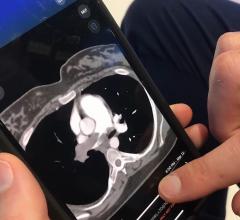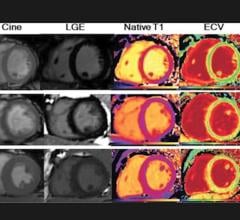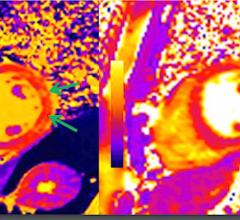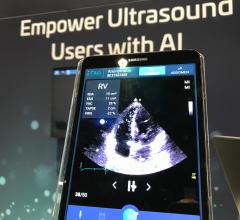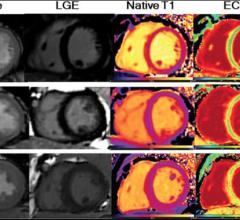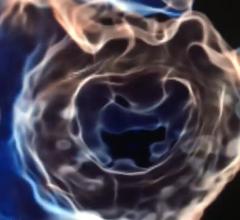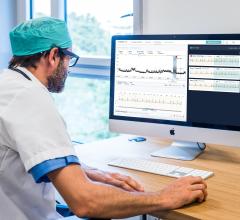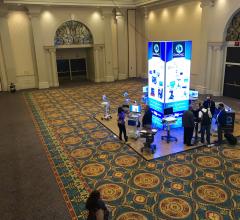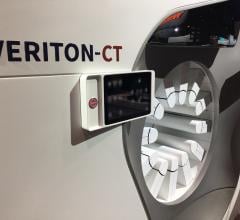Here are a few of the key takeaways on the new technologies that will impact cardiovascular and interventional medicine ...
RSNA
This channel contains news about the Radiological Society of North America (RSNA), including coverage of its annual meeting and society news. RSNA is a leading resource for the radiology and all its subspecialties. This includes the areas of cardiac imaging, angiography, interventional radiology, computed tomography (CT), magnetic resonance imaging (MRI), nuclear imaging, ultrasound, PACS and advanced visualization. DAIC concentrates on coverage of RSNA on aspects specific to cardiovascular medicine and interventional radiology. For radiology coverage of RSNA, visit our sister publication Imaging Technology News (ITN) and its RSNA channel.

Here are two examples of artificial intelligence (AI) driven pulmonary embolism (PE) response team apps featured by ...
Jean Jeudy, M.D., professor of radiology and vice chair of informatics at the University of Maryland School of Medicine ...
Discover the key features of cardiovascular structured reporting that drive adoption, including automated data flow, EHR ...
The vendor Radiaction introduced a new type of scatter radiation protection shielding system that mounts to the ...

Artificial intelligence (AI) has found a unique niche to help automate the activation of acute care teams for pulmonary ...
Kate Hanneman, M.D., MPH FRCPC, director of cardiac imaging research JDMI, and the medical imaging site director at ...
December 2, 2021 — Artificial intelligence (AI) vendor DiA Imaging Analysis was featured in a recent study presented by ...
December 1, 2021 — A small but significant percentage of college athletes with COVID-19 develop myocarditis, a ...
Examples of TrueView and GlassView 3D cardiac ultrasound visualization and artificial intelligence (AI) assisted ...
November 10, 2021 — Philips, a global leader in health technology, announced that it has signed an agreement to acquire ...
The in-person 2021 Healthcare Information Management Systems Society (HIMSS) meeting planned for Aug. 9-13 appeared to ...
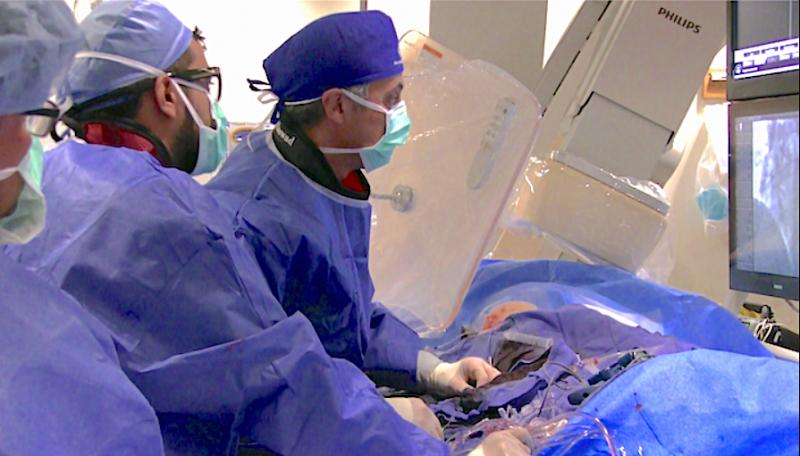
January 19, 2021 – With the postponement of non-essential elective surgeries and medical procedures in 2020 to conserve ...
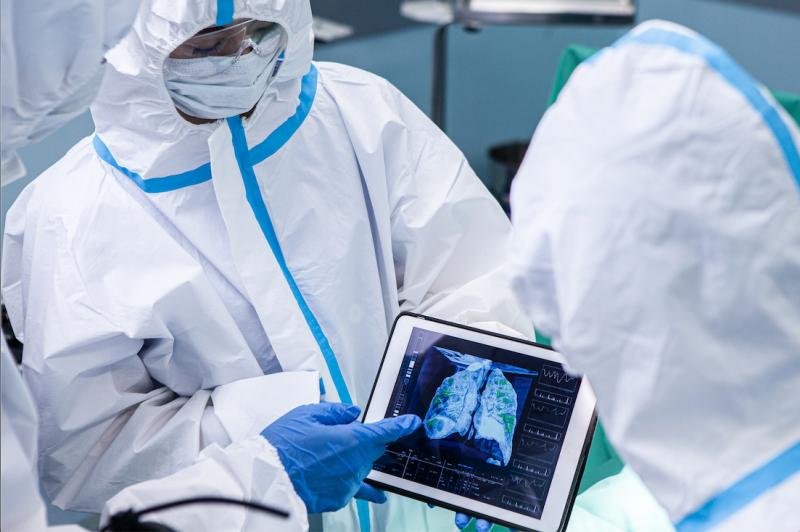
Not surprisingly, many of the key trends observed at the 2020 Radiological Society of North America (RSNA) meeting ...
December 4, 2020 — Spectrum Dynamics Medical, Inc., has received Canadian Medical Device License from Health Canada for ...
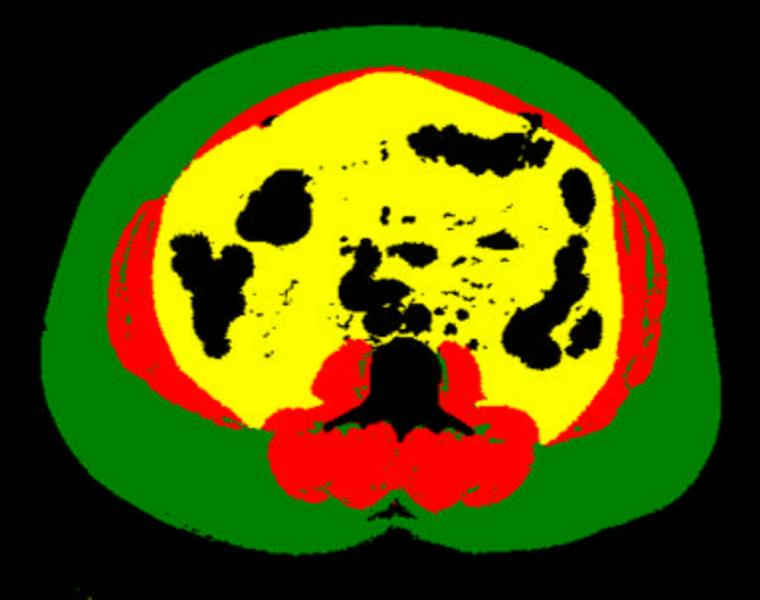
December 2, 2020 – Automated deep learning analysis of abdominal computed tomography (CT) images produces a more precise ...

 January 19, 2022
January 19, 2022
